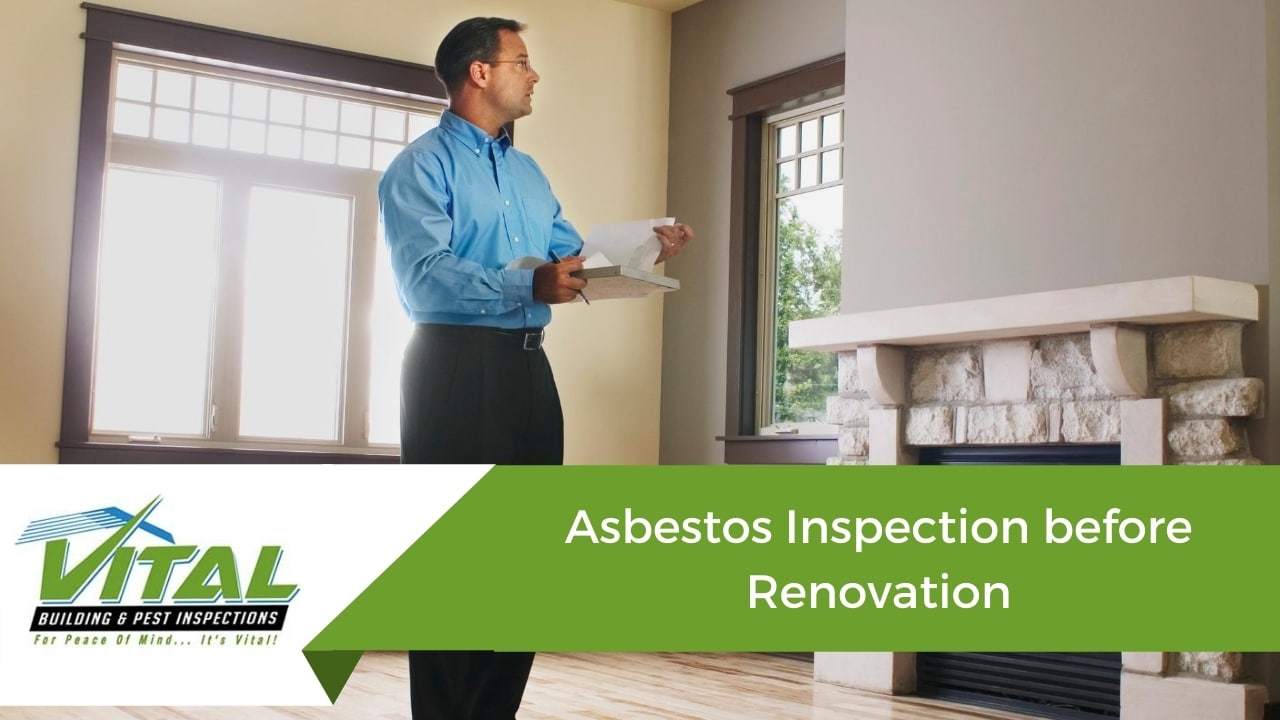Asbestos is a previously common building material that is now recognised as harmful to human health. During the late 20th century, scientists and doctors established that asbestos is a dangerous and toxic substance that should not be in any home. For years, asbestos had been used for fireproofing and strengthening construction materials used in building houses. However, later medical studies reveal that asbestos can damage the lungs and is a potential carcinogen. In an instant, knowledge of the harmful effects of asbestos spread like wildfire, and before you know it, the construction material was banned in many countries.
What is asbestos anyway?
Asbestos is naturally occurring. It is a group of six fibrous minerals which are fireproof. However, asbestos is composed of thin, needle-like fibres, which are so small, they can quickly enter the respiratory system and get lodged deep inside the person’s lungs. These fibres will get trapped inside the deepest parts of the lungs, which in turn, may result in lung cancer, asbestosis, and mesothelioma.
Home renovations with asbestos
Many countries have started banning asbestos from their list of construction materials. In Australia, asbestos use in construction materials was halted in the 1980s. However, it was only in 2003 when asbestos was banned. Because of this, many old buildings in Australia still have a considerable amount of asbestos. Among the main culprits is the country’s extensive use of asbestos cement, which is a mixture of cement and asbestos used for corrugated roofing for garages, farms and sheds. Asbestos cement was used for water pipes drains and even cement water tanks.
It is for this reason that before renovating old homes, it is essential to conduct an inspection to avoid the hazards linked to asbestos inhalation and contamination.

Hazards of renovating homes with asbestos
Asbestos is a dangerous material if mishandled, especially when trying to remove it from a home. This material breaks into tiny microscopic fibres, which can easily be inhaled by a person. These fibres are so small, you won’t even feel inhaling them.
If you are planning to renovate a house, suspected of having asbestos, you should get the help of a licensed professional experienced in handling the material. There are stringent procedures required in handling asbestos ranging from personal protection, safety procedures and proper disposal of the toxic substance.

How does Asbestos Inspection work?
The first step in the inspection process is contacting an asbestos testing service. They will test various location of a particular building to determine if asbestos is present. In most cases, old buildings have a high probability of asbestos presence, as asbestos use in Australia was once prevalent. It is essential to consult a professional when handling renovations on materials with asbestos.
Why is asbestos used anyway?
Asbestos is an excellent construction material due to its tensile strength, insulating properties and its resistance to fire and chemical reactions. Because of these factors, asbestos is used in insulation and became a staple in countries like Australia for cladding, roofing and water supply lines and water tanks. Australia banned the use of asbestos rather lately and thus is plagued with several old houses still laced with asbestos. It is dangerous to handle asbestos without proper training and protection and must be done by professionals or with professional supervision.
Where is asbestos commonly found in homes?
Asbestos is an excellent insulator; thus, this material is present in significant parts of the house or building that are intended for insulation.
Asbestos is commonly found in roof tiles, shingles, wall lining, insulation around boilers, pipes, heaters and wall cladding. Homeowners are cautioned against renovations on these areas unless they have been tested for asbestos.


Home renovation and restoration
There are two types of improvements you can do in your home, renovation and restoration. Renovation entails a complete change of design to make it better, while restoration means to revert to what it used to be. Here is a simple step-by-step guide when planning to do renovation or restoration in houses with possible asbestos presence.
1. Understand local laws concerning the handling of asbestos
Australia fully banned the use of asbestos in 2003. However, you should also look at the local policies concerning asbestos handling. You might need a special permit to do so, especially on your own. It is essential to know the requirements and safety procedures required for such a hazardous renovation.
2. Inquire local authorities for a special permit for handling asbestos
In many cases, special permits are required when handling toxic materials. You should also ask the local authorities in your place about permits on doing home renovations in areas with possible asbestos. Though the home renovation team usually procures the required permits, you should also inquire about this for any do-it-yourself renovation on your home.
3. Asbestos testing
Before renovation takes place, an asbestos test is done to pinpoint any areas in your home where the toxic material is located. The tester will do the following tests in your home to determine if there’s asbestos.
First will be an air sampling. Asbestos breaks into microscopic fibres that contaminate the air. An air sample will show whether an area in the house has asbestos.
Next is materials sampling. The tester will then take various samples in the area in question to determine the exact location of any asbestos. Typically, asbestos is used for cladding and insulation. Taking samples will require chipping small chunks of the materials in question.
Finally, there will be soil sampling. The soil in an around the home will be tested as well for the presence of asbestos. Asbestos was also used as lining for water pipes and such. The tester needs to know whether the soil is also polluted with asbestos so that proper disposal methods can be used.
4. After testing is the disposal and then the actual renovation
Once testing is done, before the renovation, the disposal team will handle the removal of the asbestos-laced materials in the home. After that, the actual renovation can take place, and your home will finally start to look different, new and amazing.






